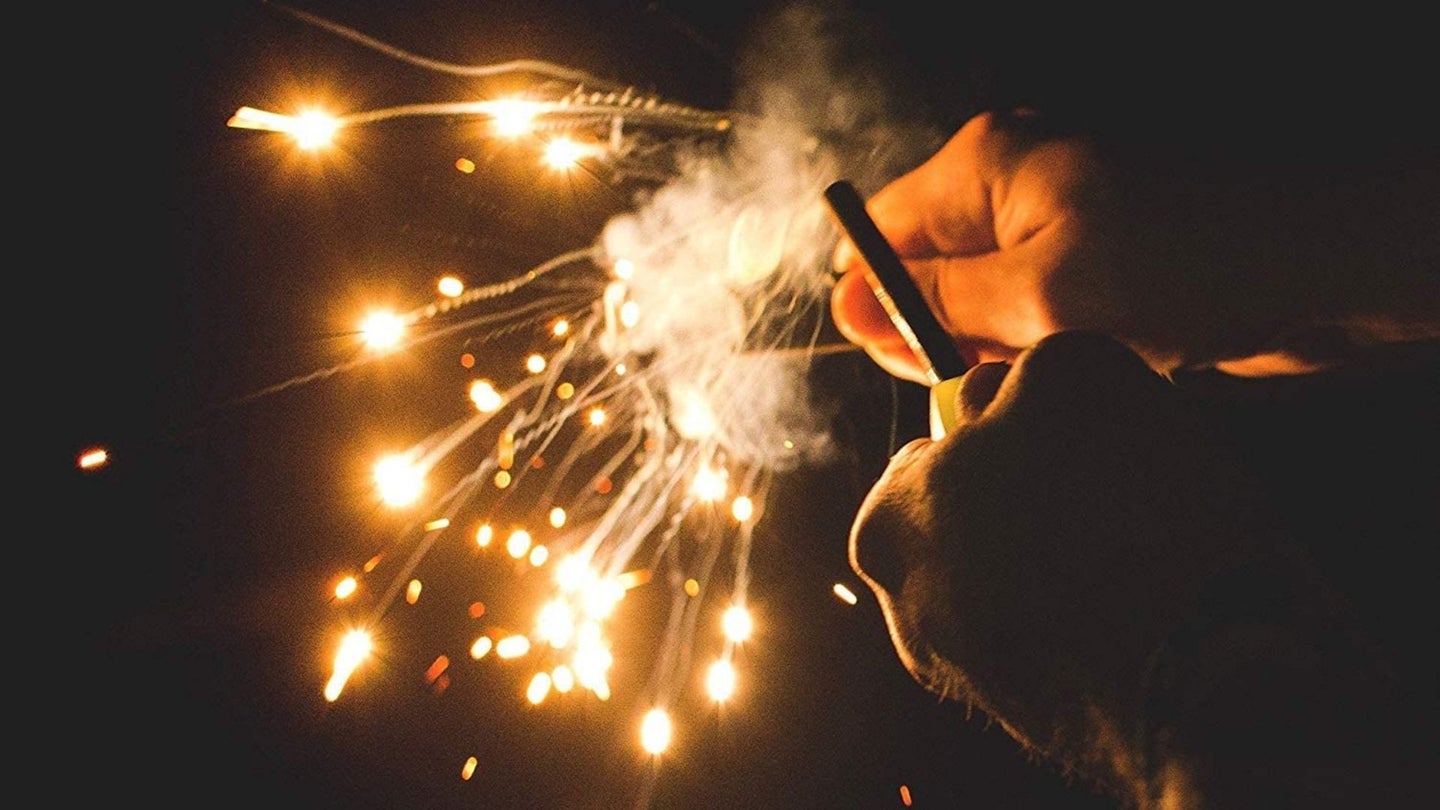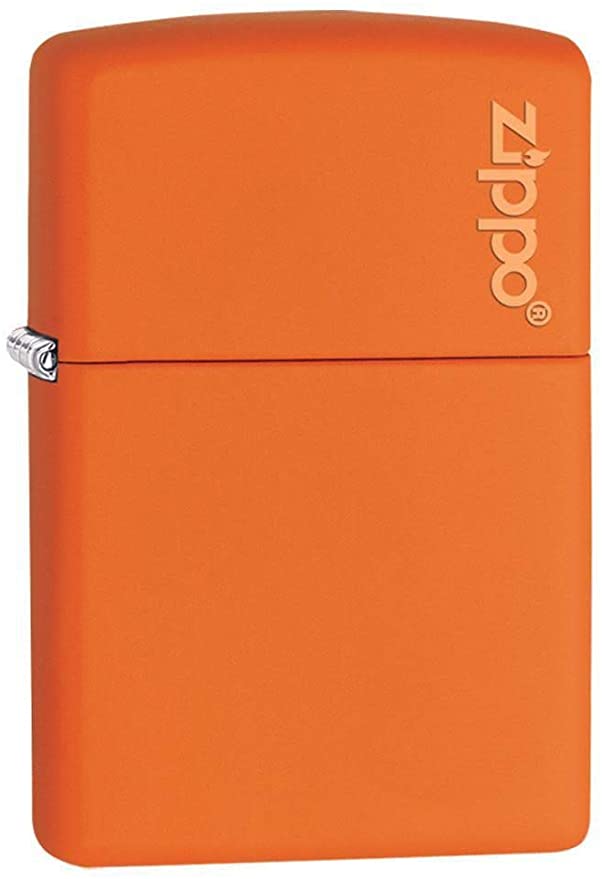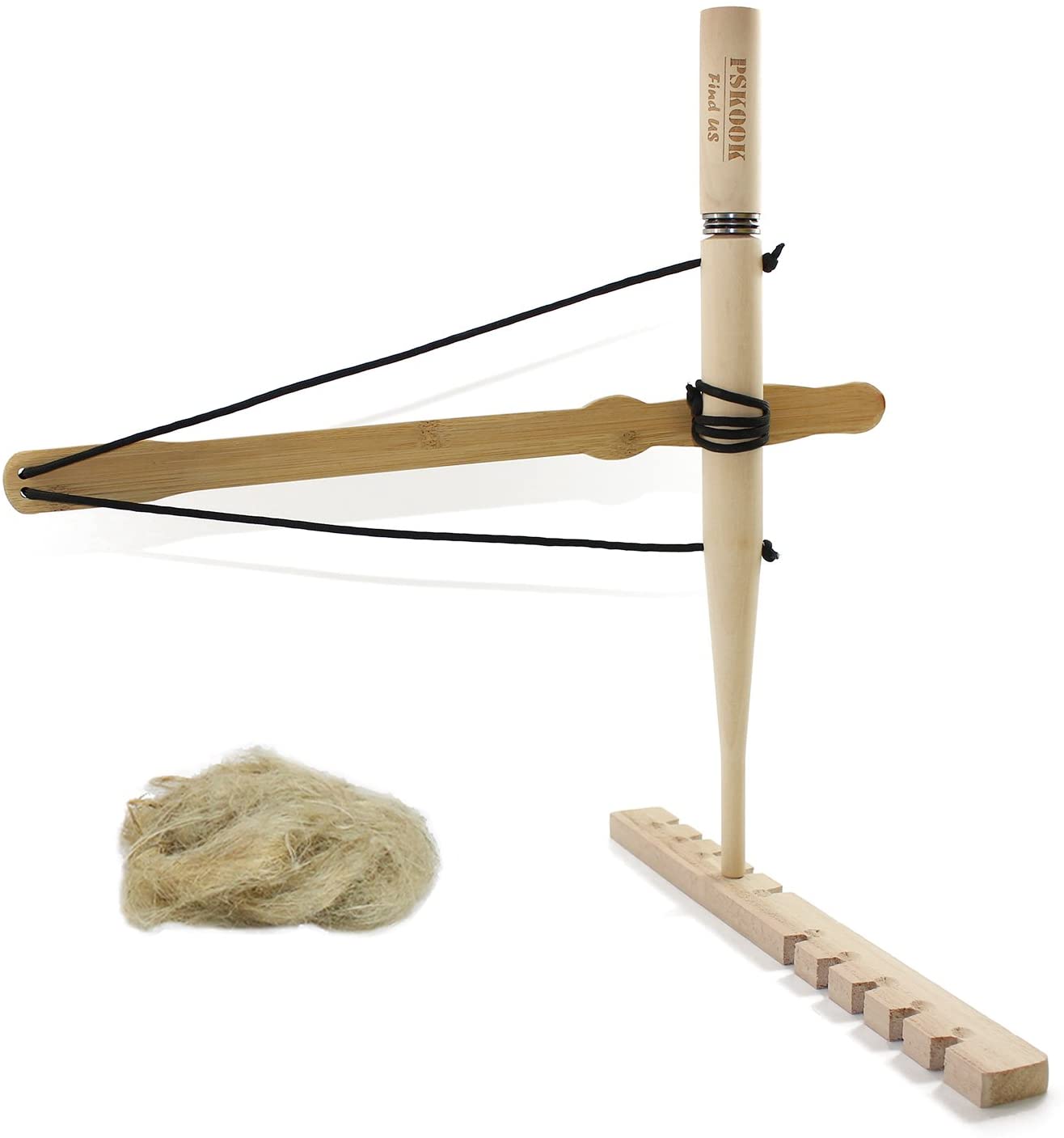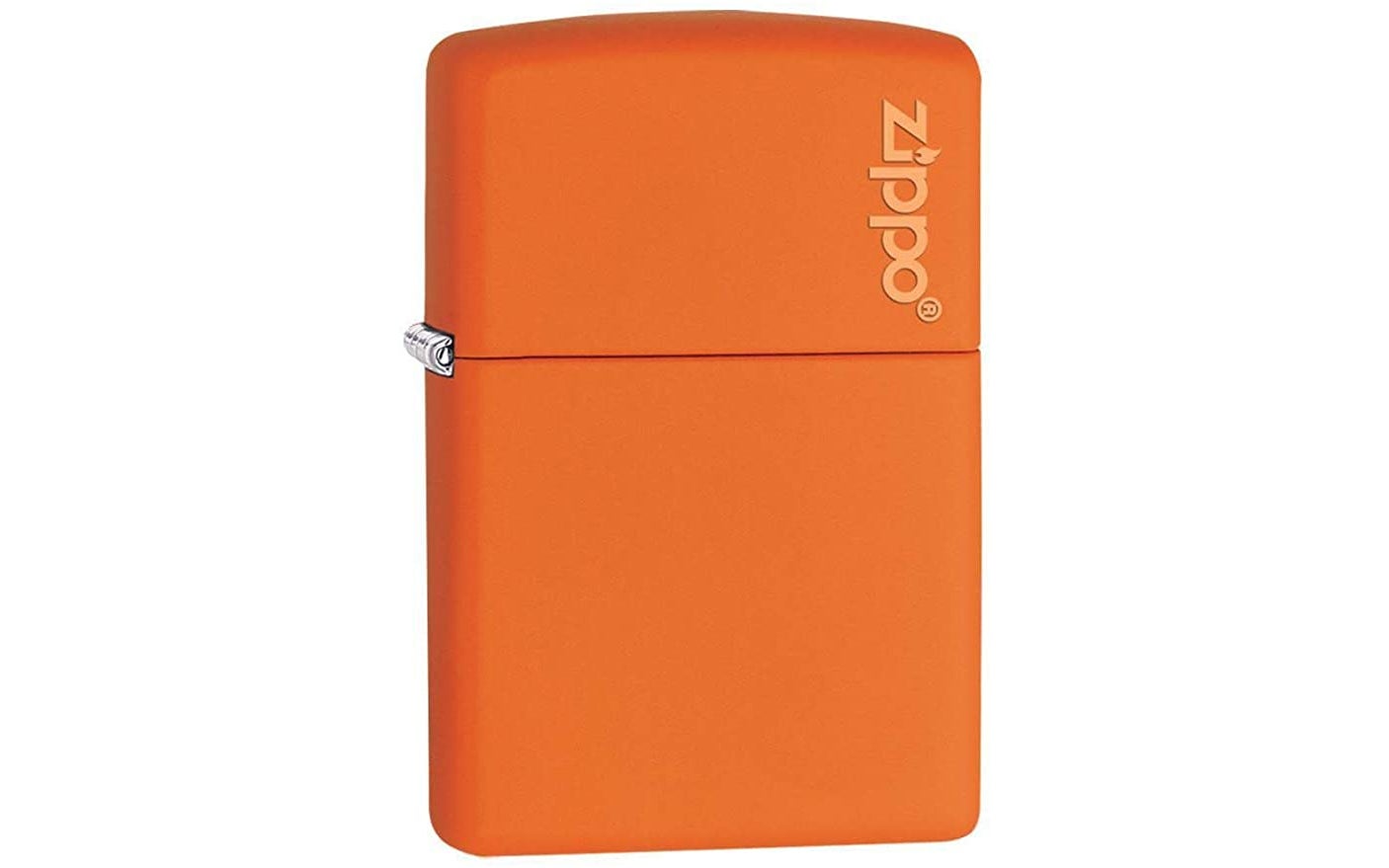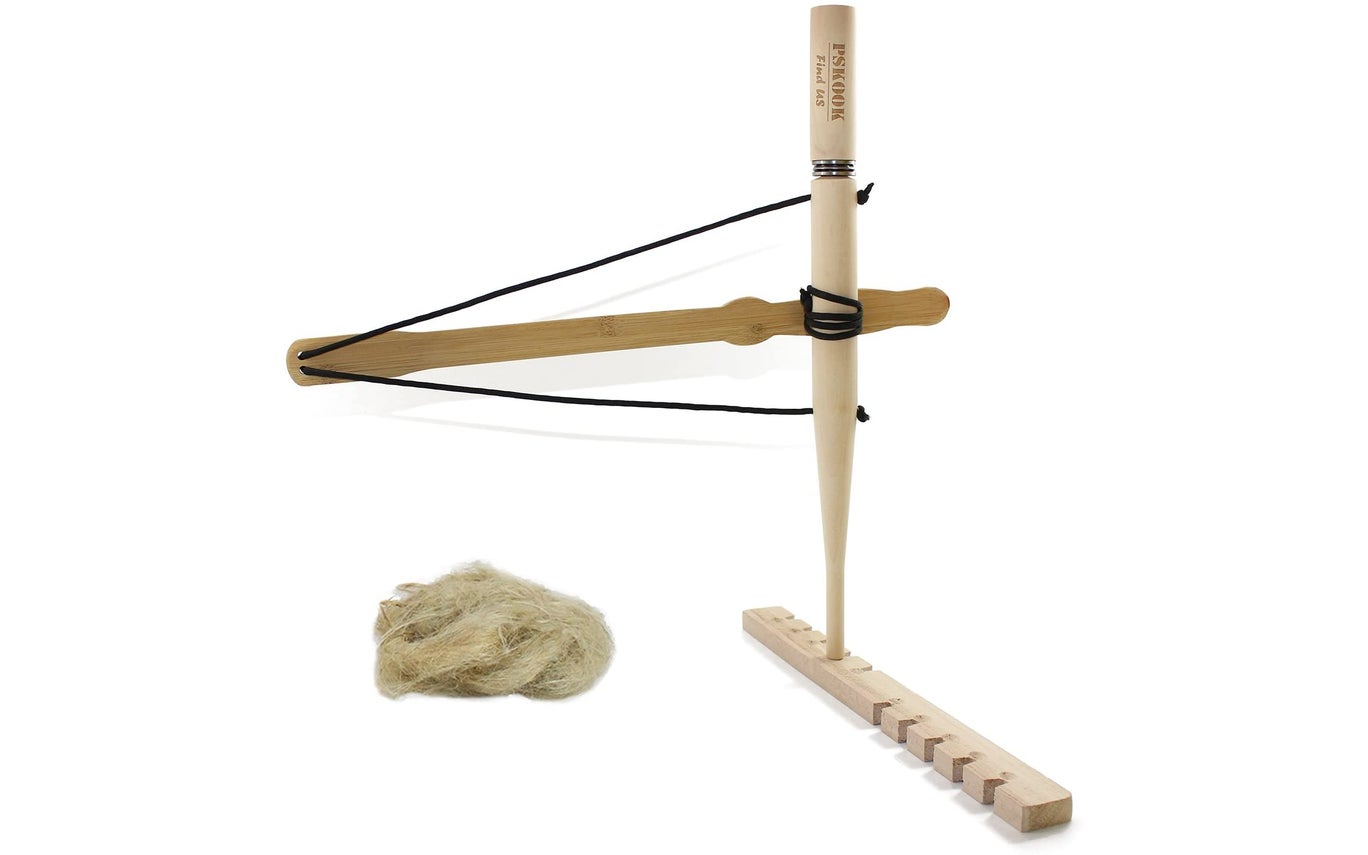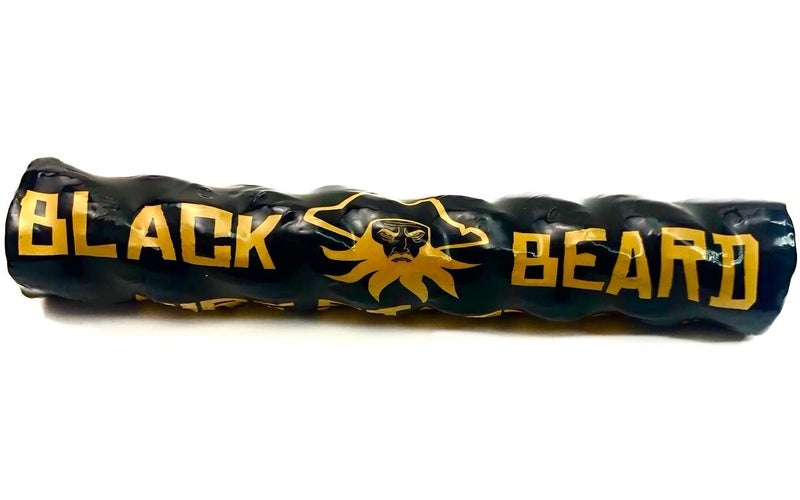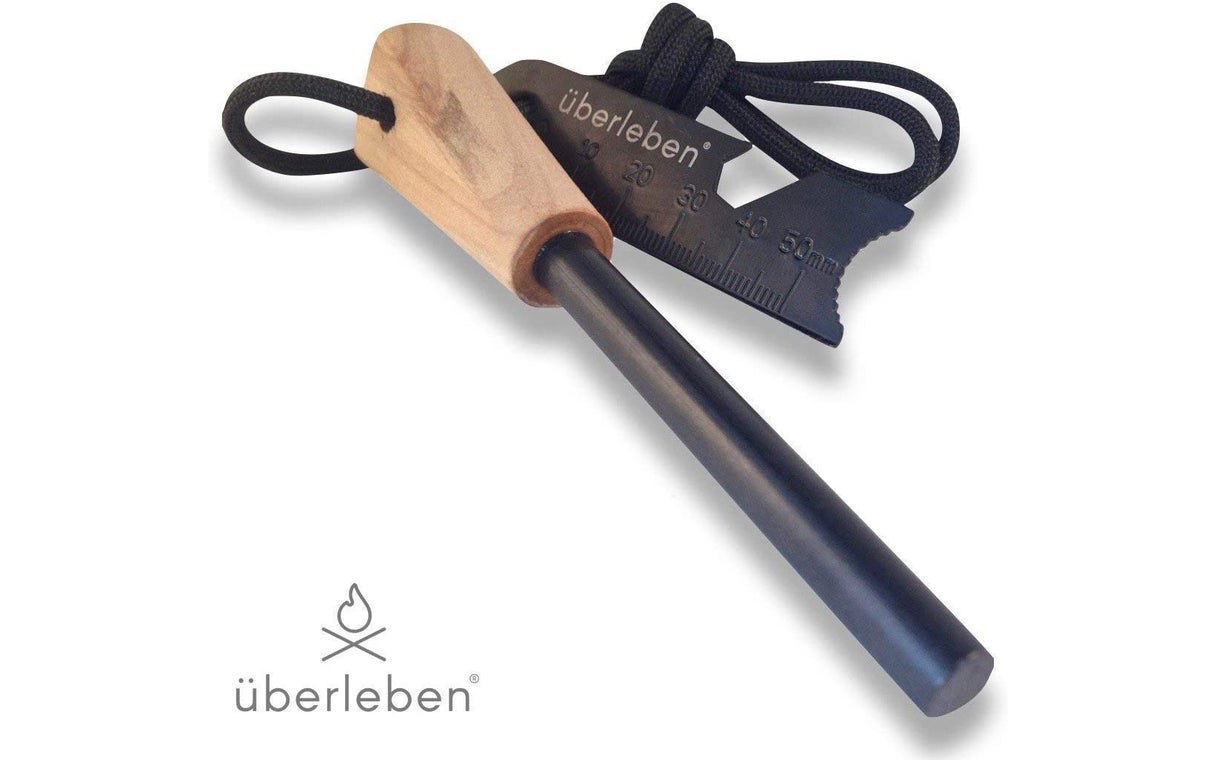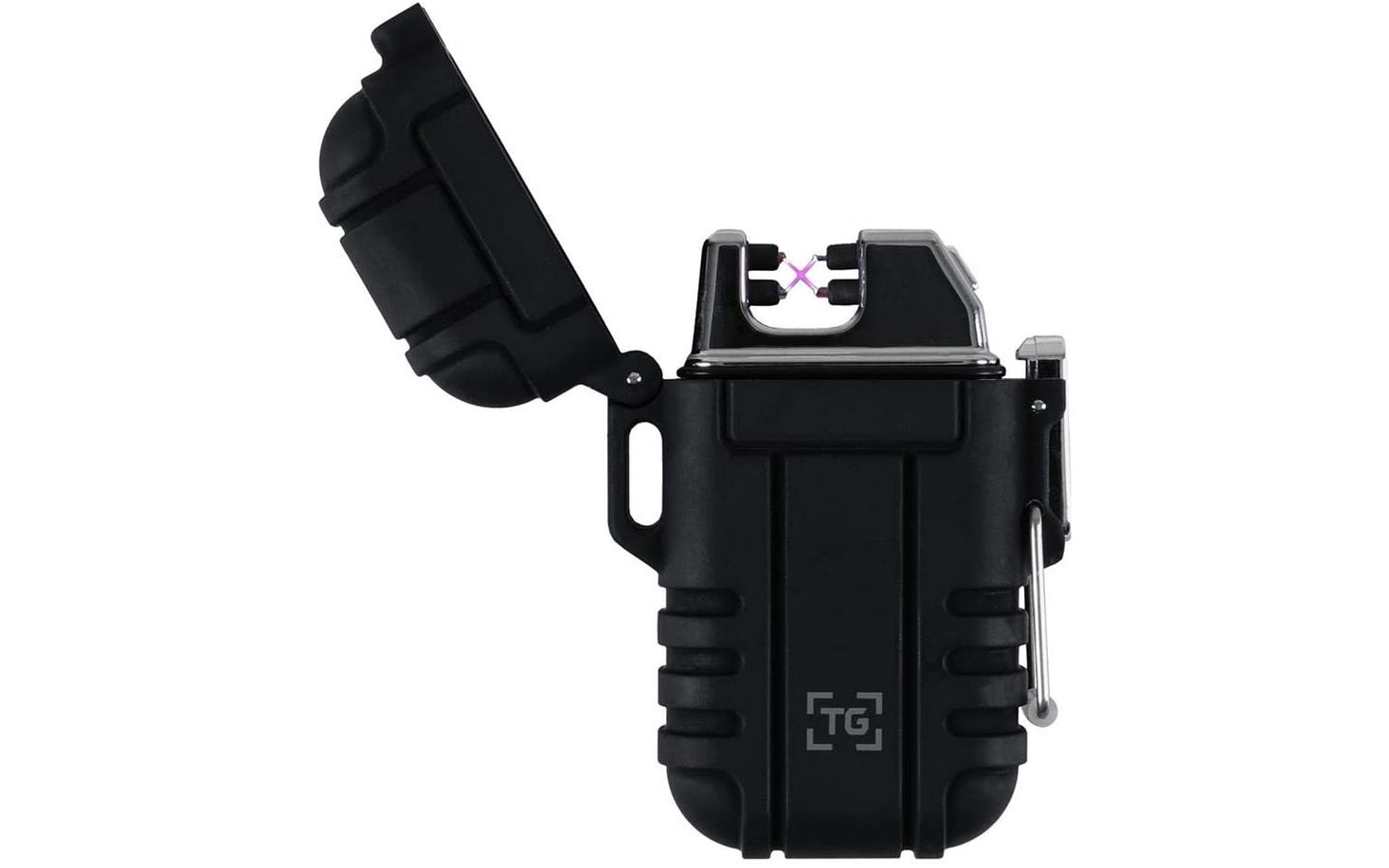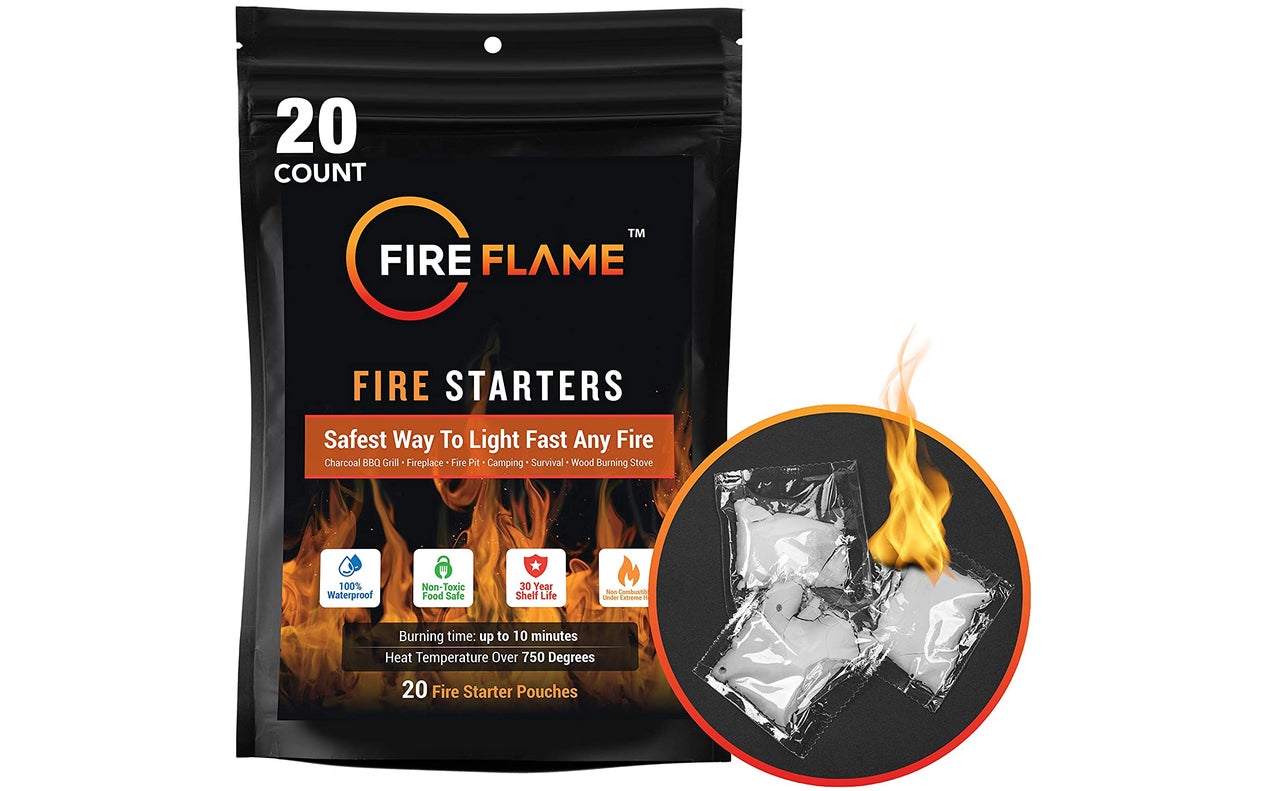We may earn revenue from the products available on this page and participate in affiliate programs.
Being able to start a fire is one of the oldest and most elemental survival skills you can have. Striking a spark on your own is empowering, and failure is embarrassing, to say the least. It doesn’t matter if the plan of the day involves firing up the grill for a gameday barbeque or creating a small fire to purify water in the wilderness, you need to create fire one way or another. In my search for the best fire starters, I encountered everything from prehistoric friction-based tools to battery-powered plasma lighters. There is also a wide selection of tinder out there to make stoking flames that much easier (no, the other tinder, although I guess that sentence would make sense both ways).
Take a look and see how far fire-starting has come since the days of smoking yourself out in a cave. Go back to your roots or take a step forward with your next purchase.
Zippo has been the brand to beat since the 1940s when American service members made the tough lighter manufacturer famous in World War II. Back then, black crackle finish was all the rage. Today, Zippo offers just about every color, finish, custom option, and shape you can imagine. The original is still the best if you ask me, so take your pick from more than a dozen matte colors and keep the tradition alive. This design is windproof and refillable. Lighters are sold dry, so you’ll need to purchase lighter fluid separately and I recommend sticking with Zippo-brand fluid for the best results. It’s also not a bad idea to keep a few consumables like flint and wicks handy, even though they last quite a while. Everything you need can be purchased together.
You’re welcome to try your hand at making your own bow drill fire-starter from scratch, but this one from Pskook makes the job a whole lot easier. Cut out the frustration and start learning how to start a fire the old-fashioned way quickly with this pre-made kit. You’ll get a bow, spindle, string, fireboard, and tinder. That’s everything you need to build fire on a remote, unpopulated island for you and your volleyball to enjoy. Unlike what you’d make in the woods, this tool uses a free-spinning handle to let you work quickly without rubbing your top hand raw. Pre-cut notches in the fireboard eliminate a step and let you get right down to business. Because this option requires the most skill of any on this list, set aside plenty of time to practice. Experiment in a variety of conditions and with different types of tinder to hone your skill before it’s crunch time.
Once you get sparks flying, life will be a lot easier if they can land in tinder made from Black Beard fire starter rope rather than whatever leaves and wood shavings you could scrounge up in the wilderness. This waterproof material is very flammable and burns slowly to give your campfire the best chance at catching. In fact, it was designed specifically for use with a ferro rod rather than a lighter, so you can trust it to light in suboptimal conditions. Just slice a small piece of rope off and place it at the base of your fire pit. Flames are odorless and non-toxic. Each rope can start more than 50 fires and has an indefinite shelf life, making it perfect for your survival kit or bug-out bag.
Campers and survivalists will be very familiar with Uberleben, one of the premier manufacturers of old-school fire starters. This ferro rod takes the flint-and-steel approach a step further with material that’s easy to spark and lasts a long time. Practice using the attached steel striker to produce enough sparks to light a fire on the first try. Go with the thicker 3/8-inch rod, which is rated to last 15,000 strikes. The steel striker features a serrated notch to help you shave fine tinder from your firewood to create an easily combustible landing place for all those sparks you’re going to make. This style of fire starter is immensely popular with survivalists because it’s compact, tough, and reliable. Even if you want to try your luck with a bow drill or keep a lighter as your first choice, one of these belongs in your survival kit.
TG lighters have earned recognition from Task & Purpose before, and they deserve a spot on this list, too. The shape and functionality are similar to what you’d get from a Zippo, but TG replaces lighter fluid with electricity and flame with two wind-proof arcs of plasma energy. This intense heat is enough to light a fire quickly and reliably. A waterproof seal keeps the device protected when the lid is latched in place. High-tech gadgetry might not seem like a great match for survival situations, but the fact that this lighter can be charged with a battery bank or solar charger means it might actually be the most sustainable long-term option here. The future is now.
If ease of use is your thing, check out these handy fire-starting pouches from Fire Flame. Each little pouch of witchcraft lights quickly and burns as hot as 750 degrees Fahrenheit for up to 10 minutes, leaving no waste behind. They’re waterproof and can even be lit while floating in a body of water. I’m not sure when that would be useful, but it is impressive. The flammable material inside is made from safe, natural ingredients that burn efficiently and don’t produce harmful fumes. This isn’t the most economical option and might be tricky to start without a lighter, but it has a 30-year shelf life and makes starting a fire incredibly easy. It’s definitely worth a try.
Related: The best windproof lighters for your next outdoor adventure
Why should you trust us
Here at Task & Purpose, I do my best to keep you up to speed on the best outdoor and survival gear and gadgets currently available. If having the right tent or tomahawk will get you outside and on the path to adventure, I’m here to help. I’ve struggled with wet matches and allegedly gone a bit overboard with gas, so I understand how important it is to have a fire starter that’s appropriate for your given situation. Buy smart, be safe, and watch those eyebrows.
Popular types of fire starters
Starting a fire is simple; you need air, fuel, and spark. There are several ways to go about this. Air is a given. Fuel can come in the form of logs, charcoal, or propane, but you’ll need quality tinder to get the main event kicked off. The spark can be created using friction, fuel, or electricity. What works in the backyard fire pit might not always be sufficient in a survival situation. Feel free to find the right combination for you.
Friction
The most basic way to start a fire (aside from being in the right place at the right time during a lightning storm) is with a good old-fashioned bow drill. You can theoretically do the same thing freehand, but it takes way more effort and the likelihood of success is low. Ferro rods make the process easier by replacing wood with steel and combustible ferrocerium.
This is probably the most rewarding way to start a fire because it takes the most skill. The principles can also be put to use with a homemade bow drill or flint and steel in an emergency, so you can take comfort in building a lifelong skill. Just be prepared to spend a significant amount of time learning how to use these tools effectively.
Fuel
Yes, lighters that run on fuel still require spark. In a Zippo, for example, you still create sparks by turning the friction wheel with your thumb. The difference is that fuel is carried internally, so you don’t have to transfer those sparks to your tinder. Once lit, liquid fuel will continue to burn in a controlled manner until you shut off the supply.
This is the most common style of lighter. It’s light, portable, reliable, and inexpensive. Lighter fluid burns well even when it’s raining or cold, and is fairly resistant to wind. The drawback is having to refill the lighter fluid frequently. Disposable lighters are cheap, but you get what you pay for and you’re better off buying a quality lighter from the start.
Electricity
Rather than storing lighter fluid, plasma lighters use electricity to generate enough heat to cause tinder to combust. This approach is clean, reliable, and sustainable. Instead of relying on a supply of lighter fluid, you can plug one of these into a portable solar panel and have quick, convenient access to fire indefinitely.
Durable, waterproof bodies and compact batteries make this style of lighter a compelling option for any survival kit. Solar charging gives them the potential to be your most sustainable option, but plan ahead and buy a solar panel and battery backup to set yourself up for success.
What to look for when buying a fire starter
The first thing you need to think about is how you plan on using your fire starter. Do you need efficient tinder for your backyard fire pit? Are you interested in upgrading from that finicky disposable lighter? Is it time to find a sustainable addition to your survival kit? Once you answer those questions, you can narrow down your search.
Think about how much time you’re willing to invest and what your budget will allow. Some survival fire starters require considerable skill to use effectively, but they’re extremely enduring. Others solve the age-old problem with technology as long as you have the fuel or energy to keep them operational.
Why do you need a fire starter?
Most of us don’t start fires very often, but when you need to create clean drinking water or safely prepare food in a survival situation, it might be the most important skill you have. Without electricity, a fire might be the only way to protect yourself against foodborne illness and stay warm. If you think starting a fire is as simple as rubbing two sticks together for a few seconds or banging a rock against a metal object, you’ve got another thing coming. Having the proper tools and knowing how to use them is essential.
Owning one of the fire starters in this gear guide isn’t enough. You need to practice with it to stay proficient. If your choice requires fuel or electricity to operate, it’s important to stockpile a backup supply of lighter fluid or charging power, as well.
- Reliable fire starting in adverse conditions
- Portable fuel to create a flame
- Equip your survival kit to sterilize water and cook food
Pricing ranges for fire starter
Regardless of which approach you take, fire-starters generally cost between $10 and $20. You might find less expensive alternatives out there, but don’t expect the same performance and reliability.
How we chose our top picks
Although it isn’t always possible to hand-test all the products we review in a head-to-head shootout, we at Task & Purpose have plenty of experience starting fires. When we find a product we haven’t used ourselves, we turn to thousands of customers who have shared their opinions in the form of online reviews and ratings. Combine the wisdom of crowds with our real-world experience, and you’ll get a solid foundation to make a decision.
